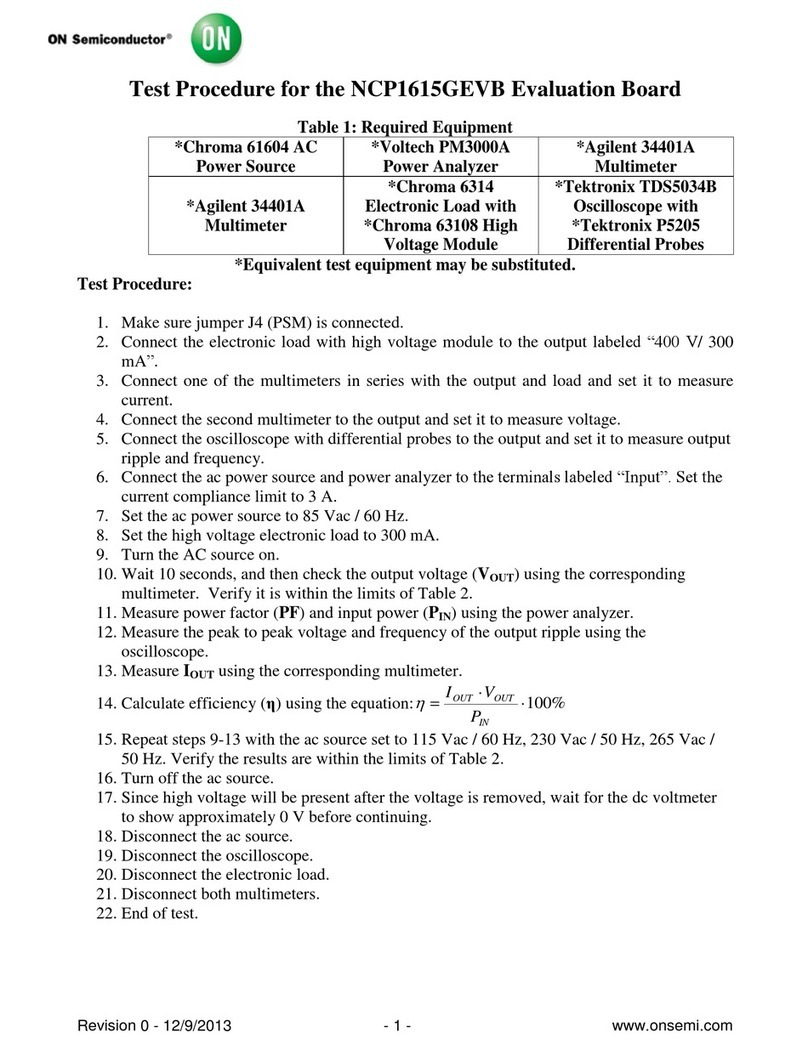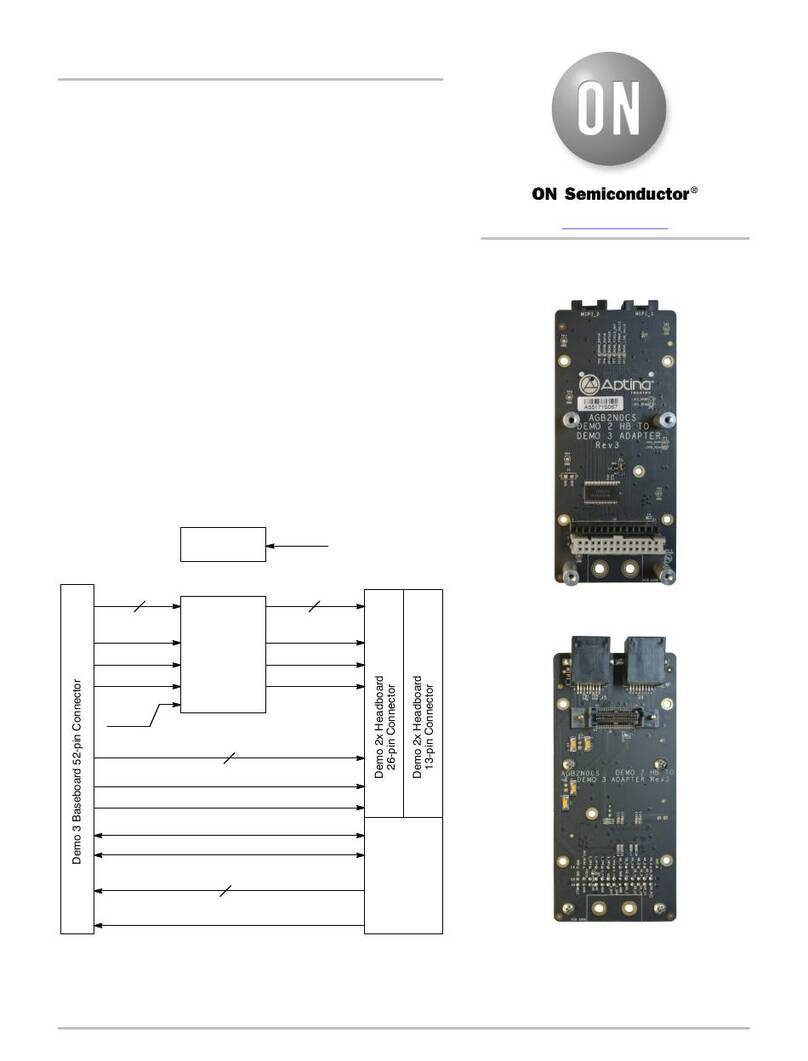ON Semiconductor DVK-AXM0F243-915-1-GEVK User manual
Other ON Semiconductor Motherboard manuals
ON Semiconductor
ON Semiconductor MT9V127IA3XTCH-GEVB User manual
ON Semiconductor
ON Semiconductor NCP6324B/C User manual
ON Semiconductor
ON Semiconductor Strata Enabled NCV6357 User manual

ON Semiconductor
ON Semiconductor NCP1615GEVB Reference guide
ON Semiconductor
ON Semiconductor MT9P006I12STCUH-GEVB User manual
ON Semiconductor
ON Semiconductor CAT4201 User manual
ON Semiconductor
ON Semiconductor MT9M021IA3XTMZH-GEVB User manual
ON Semiconductor
ON Semiconductor AR0835HS User manual
ON Semiconductor
ON Semiconductor AR0140CS2C00SUEAH3-GEVB User manual
ON Semiconductor
ON Semiconductor NB4N527S Operating instructions
ON Semiconductor
ON Semiconductor AR0551CSSC32SMFAH3-GEVB User manual
ON Semiconductor
ON Semiconductor AP0201AT User manual
ON Semiconductor
ON Semiconductor NB7V33MMNG User manual
ON Semiconductor
ON Semiconductor MT9M034I12STMH-GEVB User manual
ON Semiconductor
ON Semiconductor AR1337CSSC32SMFAH3-GEVB User manual
ON Semiconductor
ON Semiconductor DVK-SIP-SF GEVK EVBUM Series User manual
ON Semiconductor
ON Semiconductor EVBUM2565/D User manual
ON Semiconductor
ON Semiconductor BELASIGNA R262 BR262PMEVK User manual

ON Semiconductor
ON Semiconductor AGB2N0CS-GEVK User manual
ON Semiconductor
ON Semiconductor NCP1608BOOSTGEVB User manual



























